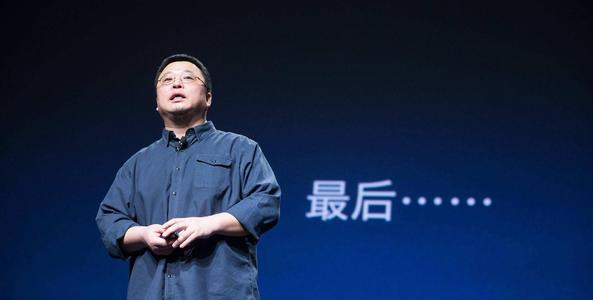Answering This Question Will Tell You How to Increase Your Influence

We all want and need influence,especially in business. Influencecan help you become a better leader, convince investors to fund your startupand motivate employees to do their best.
It's a quality every entrepreneur should master.And yet, there are many misconceptions around the concept of influence.Namely, that influence is all about what you say and how you say it.
58003 What and how is the tip of the iceberg. The real process of wieldinginfluence lies indeterminingthe right triggersfor those you wish to persuade, be it an inpidual or a group.
Concentrating on your message sabotages your efforts.
The world's best influencers --CIA field operatives, hostage negotiators andconartists among them -- never ask, "What should I say?" Instead, their first question always is, "What do I need to know?"
If you're preparing todeliver a speech, pitch investorsor sit down for a sales meeting, asking, “What should I say?” sabotagesyour efforts before you've even begun. And you probably don't even realize it.
"What should I say?" frames the question to direct your mind's focus inward, to you. This triggers allyour internal anxiety and stress. Now your mind is ramped up to judge your thoughts and words according to your own worries and securities -- and then measure them by what your prospect might think. It's a winless proposition because your prospect's thought process likely is a complete unknown.
You can bypass so much of your stress by shiftingto the more influential question: "What do I need to know?" Now, your mindfocuses on the person you want to influence. You're in a curious frame of mind, and curiosity cancels out those judgmental feelings.You'refree to explore options and possibilities.
The person you want to influence has all the intel you need.
So, what exactly doyou need to know?
Master influencers always lookfor persuasive trigger points. You need to p out what's most important to the person or people you're trying to convince. What do they wantto achieve? What do they wantto avoid? At the most base level, humans are oriented toward pleasure or away from pain. It’s your job as an influencer to find how to trigger each response.
Observation is the foundation of influence.
Once you've determined the right triggers, you have something to work with. Because you're no longer starting with a blank slate, you can find opportunities to connect triggersto your goal.
Imagine you're aconsultant who helps small businesses shore up internal systems and processes. Your pitch might include awell-crafted line about how clients see improved productivity in only three weeks. 太好了。 But is it influential?
Now imagine this: 58003 Your impressive line about increased productivity suddenly has lost its luster. 为什么? The prospect isn't all that interested in productivity at the moment. He wants to avoid the pain of losing more clients.
Connect the inpidual's triggers to the solution you offer.
Aninfluential person tunes into that pulged painpoint and connects it to the offering. You might then might swiftly shift to describing how your consulting process has been proven to retain clientele. Or, if you can't back that up with data, you could adapt your productivity line: "With our process, you'll see productivity improve in three weeks. And functioning more efficiently plugs the leaky holes where lost costumers escape."
From this standpoint, the influential process is simple:
First, as the great Stephen Covey puts it, start with the end in mind. Know what you want from this conversation, marketing campaignor business relationship.Next, observe. Learn what'simportant to your prospects. What do they move toward or away from?Finally, connect those triggers to your goal and your proposed solution.Follow these steps, and you'll find yourself becoming more influential withevery interaction.












